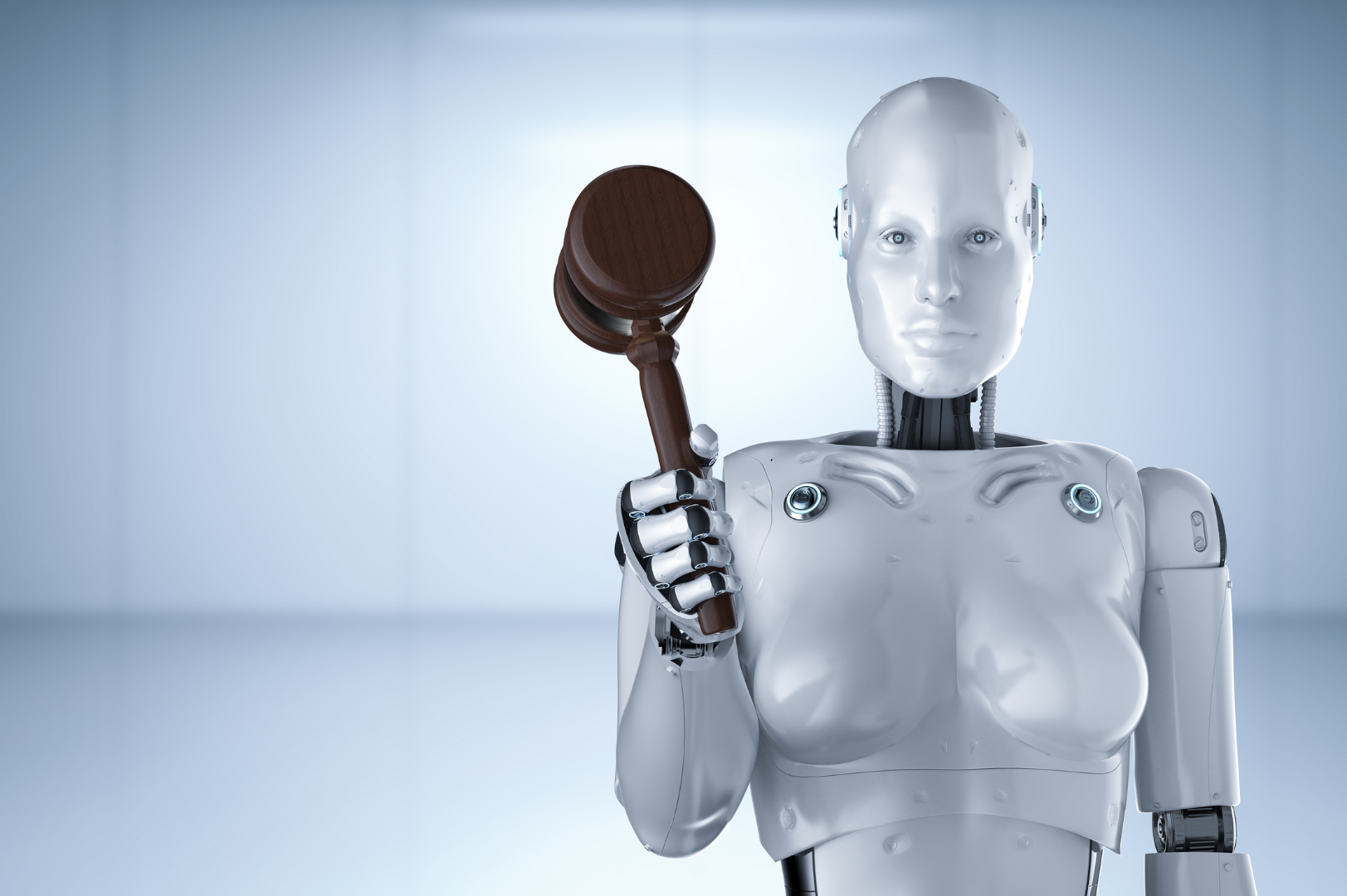In recent years, artificial intelligence (AI) has made significant advancements, with self-learning AI models being at the forefront of this revolution. These models have the ability to continuously improve and adapt their performance over time, without the need for explicit programming. One fascinating way in which self-learning AI models are trained is through synthetic worlds.
Understanding Self-Learning AI Models
Before delving into the role of synthetic worlds in AI training, it is essential to grasp the concept of self-learning in artificial intelligence. Self-learning AI models are designed to learn from experience and data, much like how humans learn from their surroundings. Through a process known as machine learning, these models can analyze vast amounts of data to identify patterns, make predictions, and ultimately improve their own performance.
The Concept of Self-Learning in Artificial Intelligence
Self-learning in AI involves the model's ability to learn and improve its performance without the need for explicit instructions from humans. Instead, these models learn by recognizing patterns in existing data and using this knowledge to make predictions or solve problems. The more data the model is exposed to, the more accurate its predictions become, leading to continuous improvement.
For example, imagine a self-learning AI model designed to recognize images of cats. Initially, the model may be fed a dataset of various cat images along with their corresponding labels. The model analyzes these images, identifying common features such as pointy ears, whiskers, and a tail. As the model encounters more cat images, it learns to recognize these features and becomes better at accurately classifying images as "cat" or "not cat." This process of learning from data, without explicit instructions, is what defines self-learning in AI.
Self-learning AI models can also adapt to changes in their environment. For instance, if the model is trained on images of cats in different poses and lighting conditions, it can learn to recognize cats regardless of the specific circumstances. This adaptability is crucial in real-world applications where the AI model needs to perform well in diverse situations.

The Role of Synthetic Worlds in AI Training
Synthetic worlds provide an ideal environment for training self-learning AI models. These virtual worlds simulate real-world scenarios and allow AI models to interact with them in a controlled manner. By exposing AI models to a wide variety of scenarios and challenges, synthetic worlds enable them to learn from different situations and adapt their decision-making processes accordingly.
For example, imagine an AI model that needs to learn how to navigate a complex maze. Instead of physically building multiple mazes for training, a synthetic world can be created where the AI model can explore different maze configurations. The AI model can learn from its experiences in the synthetic world, improving its navigation skills and developing strategies to solve similar problems in the real world.
Synthetic worlds also provide a safe and cost-effective way to train AI models for scenarios that may be dangerous or expensive to replicate in the real world. For instance, training an AI model to pilot an autonomous vehicle can be done in a synthetic world, where various driving scenarios can be simulated without the risk of accidents or damage to physical vehicles.
Furthermore, synthetic worlds allow for the generation of large amounts of diverse and labeled training data. This data can be used to train AI models on a wide range of tasks, such as object recognition, natural language processing, and even social interactions. The ability to generate synthetic data accelerates the training process and enables AI models to learn faster and more efficiently.
The Evolution of AI Models in Synthetic Environments
When we look at the development of AI models, it becomes clear that the journey from supervised to unsupervised learning has played a crucial role in their evolution. Initially, AI models were trained using labeled data, which provided clear instructions for the model to follow. However, as self-learning AI models emerged, they became capable of learning from unlabeled data and making predictions based on patterns they discovered on their own.
The Journey from Supervised to Unsupervised Learning
Supervised learning relies on labeled data, where each input is associated with a pre-determined output. The AI model learns by comparing its predicted output to the known output and adjusting its internal parameters accordingly. This approach has been widely used in various applications, such as image recognition and natural language processing.
However, supervised learning has its limitations. It requires a large amount of labeled data, which can be expensive and time-consuming to obtain. Additionally, it relies on human experts to annotate the data, which may introduce biases or errors. To overcome these limitations, researchers began exploring unsupervised learning.
Unsupervised learning involves training AI models on unlabeled data, allowing them to identify patterns and correlations independently. This approach is particularly useful when dealing with large datasets where labeling every data point is impractical. Unsupervised learning algorithms use techniques such as clustering and dimensionality reduction to discover hidden structures and relationships within the data.
One of the key challenges in unsupervised learning is evaluating the performance of the model. Without labeled data, it is difficult to measure the accuracy of the predictions. Researchers have developed various evaluation metrics and techniques to assess the quality of unsupervised learning models, such as clustering validity indices and generative model comparisons.
The Impact of Synthetic Worlds on AI Evolution
Synthetic worlds have played a pivotal role in the evolution of AI models, particularly in the transition from supervised to unsupervised learning. These virtual environments provide a wealth of unlabeled data for AI models to explore and learn from. By immersing themselves in these synthetic worlds, AI models can develop a deep understanding of complex patterns and correlations, leading to more accurate predictions in the real world.
In synthetic environments, AI models can interact with virtual objects, simulate real-world scenarios, and generate vast amounts of data. This data can be used to train unsupervised learning models, allowing them to discover patterns and relationships that may not be immediately apparent in real-world datasets. Synthetic worlds also provide a controlled and reproducible environment, making it easier to conduct experiments and compare different AI models.
Furthermore, synthetic worlds offer a safe and cost-effective way to train AI models in complex and potentially dangerous scenarios. For example, autonomous vehicles can be trained in virtual environments to navigate challenging road conditions or respond to unexpected events. This reduces the risk of accidents during the training phase and allows AI models to learn from a wide range of scenarios that may be difficult to replicate in the real world.
As AI models continue to evolve, the use of synthetic environments is likely to expand. Researchers are exploring the integration of virtual and real-world data to create hybrid training datasets that combine the best of both worlds. This approach leverages the richness of synthetic data and the diversity of real-world data to improve the performance and generalization capabilities of AI models.

The Mechanics of Self-Learning AI Models
Now that we have explored the evolution of AI models, let's take a closer look at how self-learning actually occurs within these models. At the heart of self-learning AI models are sophisticated algorithms that drive the learning process and enable continuous improvement.
The Process of Self-Learning in AI
The process of self-learning in AI models can be broken down into several steps. First, the model is exposed to a dataset and makes initial predictions based on its existing knowledge. These predictions are then compared to the actual outcomes, and the model adjusts its internal parameters to reduce the difference between the two. This iterative process continues, with the model constantly updating its knowledge and refining its predictions.
The Role of Algorithms in Self-Learning AI Models
The performance of self-learning AI models heavily relies on the algorithms that drive their learning process. Reinforcement learning algorithms, for example, enable models to learn from positive and negative feedback, similar to how humans learn from rewards and punishments. Other algorithms, such as deep learning algorithms, enable models to process large amounts of data and extract meaningful patterns.
The Potential of Self-Learning AI Models
The potential of self-learning AI models is vast and has far-reaching implications for various industries and domains. From healthcare to finance, these models have the capacity to revolutionize the way we approach problem-solving and decision-making.
The Future Implications of Self-Learning AI Models
As self-learning AI models continue to evolve, we can expect them to become increasingly adept at making predictions, uncovering hidden patterns, and solving complex problems. This has the potential to transform industries such as healthcare, where AI models can assist in diagnosing diseases and developing personalized treatment plans.
The Challenges and Solutions for Self-Learning AI Models
However, the development and deployment of self-learning AI models also come with challenges. Ethical considerations, data privacy, and security concerns are just a few of the issues that need to be addressed. By establishing robust frameworks and regulations, we can ensure the responsible and ethical use of self-learning AI models.

Ethical Considerations for AI Self-Learning in Synthetic Worlds
As the use of self-learning AI models in synthetic worlds becomes more prevalent, it is crucial to consider the ethical implications of this technology. Ethical dilemmas arise when AI models have the autonomy to make decisions independently, and the extent of human control over these models becomes blurry.
The Ethical Dilemmas of AI Self-Learning
One of the main ethical dilemmas surrounding AI self-learning is the potential for biased decision-making. AI models learn from the data they are exposed to, and if this data is biased, it can lead to discriminatory outcomes. Addressing these biases requires a proactive approach in data collection, labeling, and monitoring to ensure fairness and equality.
The Balance of AI Autonomy and Human Control
Another ethical consideration is finding the right balance between AI autonomy and human control. While self-learning AI models have the potential to perform complex tasks independently, it is essential to maintain human oversight and authority. This ensures accountability and reduces the risk of AI models making decisions that are ethically questionable or harmful to society.
Conclusion
The rise of self-learning AI models in synthetic worlds opens up a world of possibilities. These models have the ability to continuously learn, adapt, and improve their performance, revolutionizing industries and transforming the way we live and work. However, it is imperative that we navigate the ethical considerations and ensure responsible use of this technology for the benefit of all. With the right frameworks and regulations in place, self-learning AI models have the potential to unlock unprecedented advancements in artificial intelligence.






